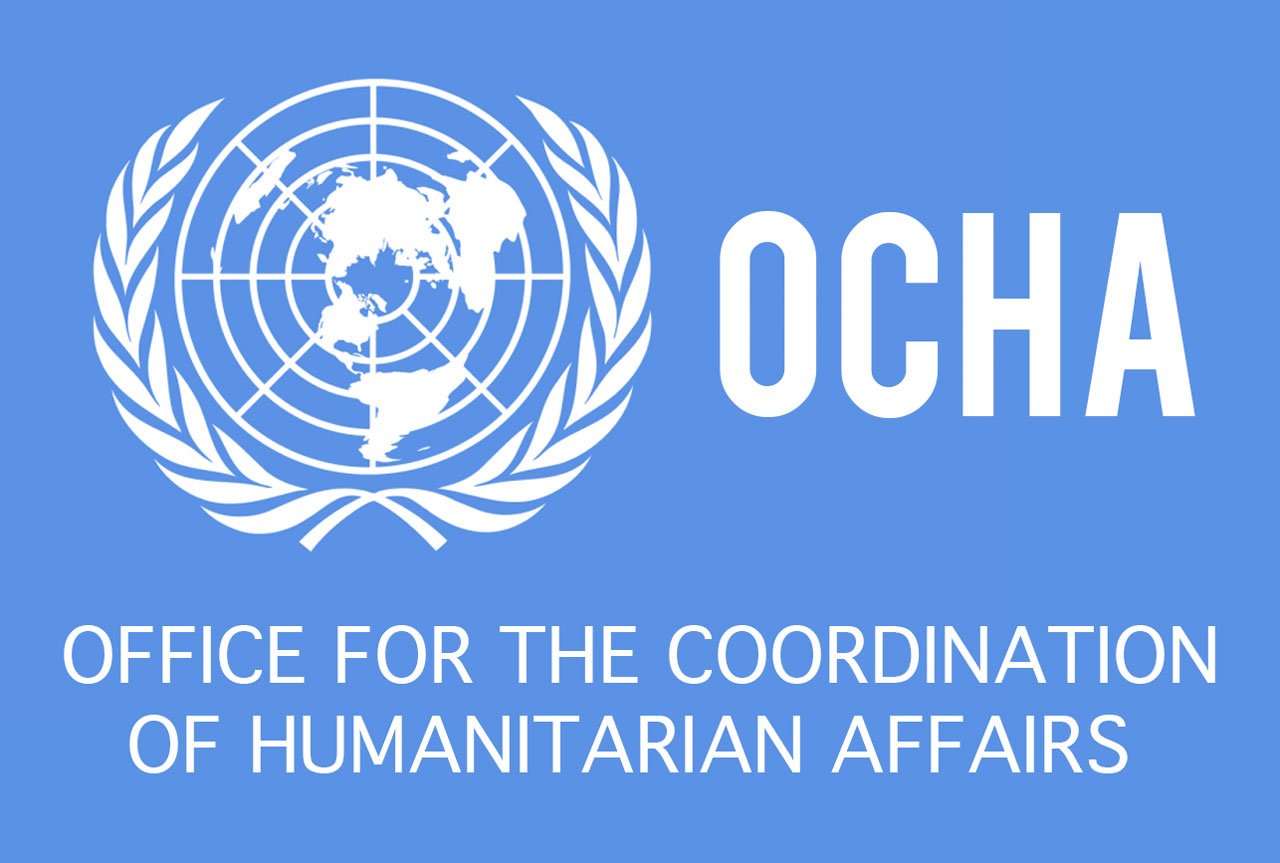
United Nations: Increase in Displacement and Fluctuating Grain Prices
moatinoon
The United Nations stated in a statement on the fourth of this month that the displacement movement in Sudan has increased by about half a million internally displaced persons in one month since December 15, 2023. Thus, the total number of internally displaced persons reached 5.9 million people according to the displacement tracking matrix of the International Organization for Migration.
The High Commissioner for Refugees announced on December 19 that 250,000 to 300,000 people had fled from Wad Madani city and the surrounding areas since the Rapid Support Forces entered the Gezira state.
The UN Office for the Coordination of Humanitarian Affairs observed a widespread displacement movement in the states of Gezira, Sennar, and White Nile due to recent developments in the locality of Madani and the eastern Gezira state, totaling about 234,000 people secondary during December 2023, according to the displacement tracking matrix of the International Organization for Migration.
It clarified that the displaced are distributed in 6,213 locations in all eighteen states of Sudan. The highest percentages of displaced are in South Darfur (13 percent), East Darfur (11 percent), Nile River (11 percent), Gezira (8 percent), and North Darfur (8 percent). These displaced people originally came from 12 states.
It added that the majority of the displaced are from Khartoum state (3.6 million people or 61 percent of the total), followed by South Darfur (16 percent), North Darfur (8 percent), Gezira (5 percent), Central Darfur (4 percent), West Darfur (3 percent), and other states. In addition, about 1.4 million people have crossed to neighboring countries since April 15, 2023, according to the UN High Commissioner for Refugees.
Regarding the impact of the conflict on civilians, the UN Office for the Coordination of Humanitarian Affairs stated:
On December 27, 2023, the Rapid Support Forces attacked the village of Arab City in the locality of South Gezira, Gezira state. Reports indicated clashes in the local market and the national road between the South Gezira and Greater Madani localities. The field teams of the displacement tracking matrix of the International Organization for Migration reported that the attacks led to widespread displacement of civilians and the death of four people. Estimates of the number of displaced persons have not yet been confirmed.
In North Kordofan state, about 420 people were displaced on December 29, 2023, after outbreaks of communal clashes between the Nuba tribes and the Bani Shangulah in Arsh Al-Yawi village, Um Rawaba locality, North Kordofan state. The cause of the violence is still unknown. The field teams of the displacement tracking matrix reported that the displaced sought safety and shelter in Um Rawaba town. The situation on the ground remains tense and unpredictable. On December 30, 2023, tribal clashes renewed between the Nuba tribes and the Baggara Arabs in the Al-Hujairat village, Rahad locality, North Kordofan state. According to reports, the incident occurred after a dispute over livestock. The field teams of the displacement tracking matrix reported that about 315 people had fled from Al-Hujairat village. The affected families sought refuge in the villages of Sidera, Karshoum, and Al-Damair in Rahad locality.
In South Darfur state, armed clashes renewed on December 29, 2023, between the Sudanese Armed Forces and the Rapid Support Forces in Nyala, the capital of South Darfur state. There were reports of clashes in Al-Salam neighborhood, Dimeya markets, livestock markets, and on Dimeya bridge. The acts of violence resulted in the death of 10 people and the injury of 13 others. The field teams of the displacement tracking matrix reported that about 350 people had fled to the peace and Atash IDP camps near Nyala.
The International Organizations statement also addressed the issue of food security, stating that grain prices are decreasing in some markets and rising in others compared to last year.
It explained that the prices of sorghum in Damazin and Nyala markets last November were about 60 and 40 percent lower, respectively, than the previous years levels. In El Obeid and Omdurman, they were higher by about 40 and 60 percent, respectively, compared to November 2022 levels.
Wheat prices increased in all markets, with the highest annual increase recorded in Omdurman (over 140 percent increase) and El Fasher (70 percent increase).
The prices of tobacco in El Fasher in November were slightly higher than the previous year, and slightly lower in Nyala, according to the Famine Early Warning Systems Network. Sorghum, tobacco, and wheat are considered essential food commodities in northern Sudan. While sorghum is considered the staple food for most poor families in central and eastern Sudan, tobacco is the main food for most families in Darfur and some parts of Kordofan in western Sudan. Wheat is often used as a substitute throughout northern Sudan, but it is a staple food for northern states.
It added that the lack of security, looting, bureaucratic obstacles, weak communication networks and phones, a shortage of cash, and a limited number of technical and humanitarian staff affect the delivery of humanitarian aid in many parts of the country, while the response to the funding of humanitarian operations for Sudan for 2023 has only been 40.8 percent until January 4, 2024.

